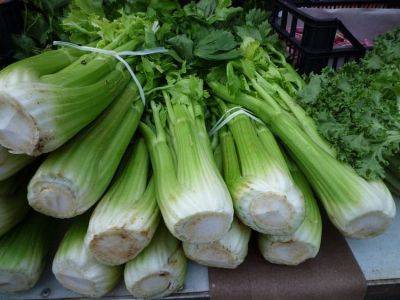Sow celery thinly in pots or boxes in heat in March for early varieties, or in a cold house in mid-April for the main crop. Prick off into deep seed boxes as soon as the seedlings are large enough to handle, at 5cm (2in) intervals. After hardening off, plant out from mid May to the end of June, in prepared trenches. This is not only helpful in earthing but enables watering to be carried out by flooding the trench.
How to grow spinach from seed
21.01.2024 - 19:01 / backyardgardener.com / Frederick Leeth
It has been estimated that a 10m (30ft) row of spinach supplies just about the right amount for a family of four during the summer months. But one sowing is not sufficient. Fresh young foliage is demanded and where spinach is much appreciated, successional sowings should be made fortnightly between late March and mid-July. For later autumn supplies and for pickings in the following spring, a sowing should be made in a sheltered position in mid-August.
Spinach needs a rich, well-dug soil and one which retains moisture during the summer months. For the leaves to be really succulent, the plants need soaking with water during dry spells. Some gardeners find that their plants need less water if rows sown in May, June and July are partially shaded by other, taller vegetables.
Well-rotted farmyard manure or garden compost should be used in the preparation of the bed. A suitable dressing for sandy soils is 50kg (1cwt) of manure to 6 sq m (6 sq yd). Garden compost may be used more generously. Provided the soil contains sufficient plant nutriments, no feeding of the plants is necessary. Rows of August-sown spinach are sometimes fed with nitrate of soda, applied at the rate of 28g (1 oz) to each 3m (10ft) of row, in early April.
Sow the seeds as thinly as possible in 2.5cm (1 in) deep seed drills spaced 23cm (9in) to 30cm (1 ft) apart. Thin the seedlings to 7cm (3in) as early as possible and start harvesting the leaves as soon as they are of usable size. Do not wait until they are on the tough side. Regular hard picking is essential for summer spinach and almost all of the leaves of a plant may be removed at any one time. Plants from the August sowing should not be treated in this manner. Take only the largest leaves from them.
`Round
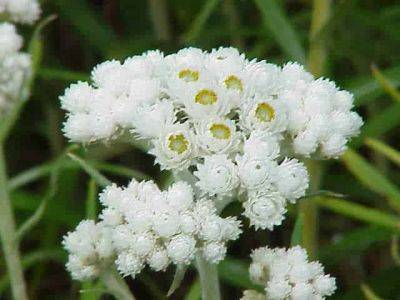
How to grow Anaphalis
Said to be an old Greek name for a similar plant (Compositae). Hardy perennials with white wooly foliage and flowers which can be cut before maturity and dried for use as `everlastings’, sometimes being dyed.
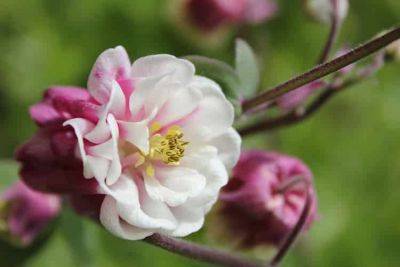
How to grow Aquilegia
The flower form resembles an eagle’s claw, hence the probable origin of this name from aquila the Latin for eagle (Ranunculaceae). Columbine. Hardy herbaceous perennials for the herbaceous border and rock garden. The flowers and leaves are very dainty. Unfortunately, they are inclined to be short lived in heavy wet soils, but they are easily increased by seed. The flowers appear in May and June in a wide range of colors from yellows and creams to blues and reds and purples. The garden hybrids have been raised from various species, e.g. the long-spurred hybrids from Aquilegia longissima. ‘Mrs. Scott Elliott’s’ is a well-known strain, and more recently, there are the McKana Giant hybrids, with larger flowers and long spurs.
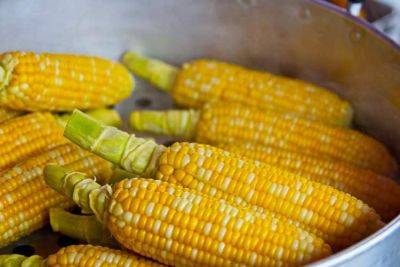
Growing corn and Sweet corn – what are the facts
No other vegetable captures the succulence of summer like sweet corn. Whether you like your kernels white, yellow, or with both colors on the same ear, new hybrids offer incredibly delicious flavor with very little effort.

Gardening Guidance for Growing Orchids
Orchids seem to do best if a greenhouse is devoted solely to their cultivation, though some types such as Odontoglossum grande and Coelogyne cristata will succeed very well in a general collection of plants.
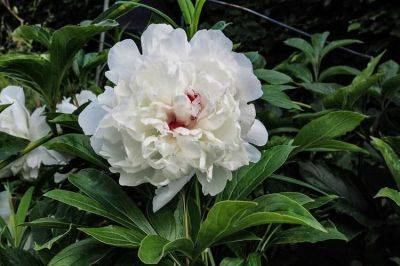
Growing Guidance for Paeonias
Commemorating Paeon, an ancient Greek physician, is said to have first used P. officinalis medicinally. Although the genus has long been considered a member of the buttercup family, Ranunculaceae, some modern botanists now place it in a family of its own, Paeoniaceae. A genus of 33 species of hardy herbaceous and shrubby perennials and a few shrubs, among the noblest and most decorative plants for a sunny or shaded border. The main division of the genus is between the herbaceous and the tree paeony, but botanically, the matter is much more complex.

How to grow Mushrooms
From the time of the Greeks and Romans, various fungi have been eaten as a delicacy and the expert can find many varieties growing wild which are equal, if not superior, in flavor to the mushroom (Psalliotta campestris). But there are also a number of poisonous fungi, some deadly. The field mushrooms which appear in profusion in meadows in the moist autumn days are perfectly safe, but the inexperienced townsman would be well advised to make sure first that he is actually picking field mushrooms, because some poisonous fungi are very similar. Cultivated mushrooms are absolutely reliable and a valuable food as well as a delicacy.

Growing and planting Marigolds: African and French Marigolds
Tagetes (Tage’tes) are annuals of great decorative value during the summer and autumn months. They are natives of Mexico and South America and belong to the Daisy family, Compositae. The name is said to have been derived from a mythological deity, Tages. These Marigolds are quite distinct from the Pot Marigold or Calendula. See Calendula
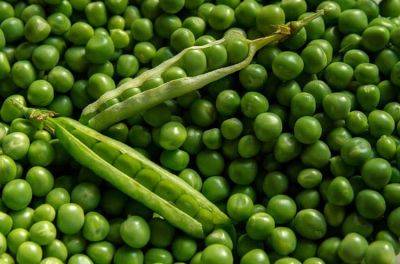
Growing facts for Beans and Peas
Beans include many types of snap beans, pole beans, and Southern peas, such as black-eyed types. Plant these in spring after all danger of frost has passed. Because they grow so fast, start beans from seed directly in the garden. To speed their sprouting, soak seeds in water overnight before planting.

How to grow Broccoli
This is another variety, italica, of Brassica oleracea. Both purple and white sprouting produce a profusion of young shoots invaluable for prolonging the supplies of winter greens. Purple sprouting is the most hardy and will safely overwinter in most open situations.
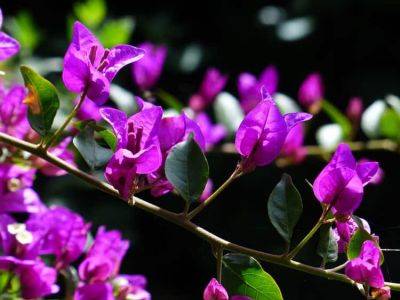
Growing Guidance for Bougainvillea Vine
Climbing leaf-losing shrubby plants, from Brazil, which belong to the family Nyctaginaceae. They are cultivated outdoors in the far South and in colder climates in greenhouses. The slender woody stems are furnished with small, ovate to elliptic-lanceolate, green leaves and sharp thorns.

How to grow Shallots
Some people prefer the milder flavor of shallot, Allium ascalonicum, which they grow in place of onions. However, shallots are grown for pickling. When stocks of non-bolting onion sets were not available, many gardeners found shallot growing far easier than onion growing. The soil in which they are to be grown must be well-drained and, unless very large bulbs are required, without manure or fertilizers. A very poor soil is greatly improved by being mulched with garden compost just prior to planting time.
